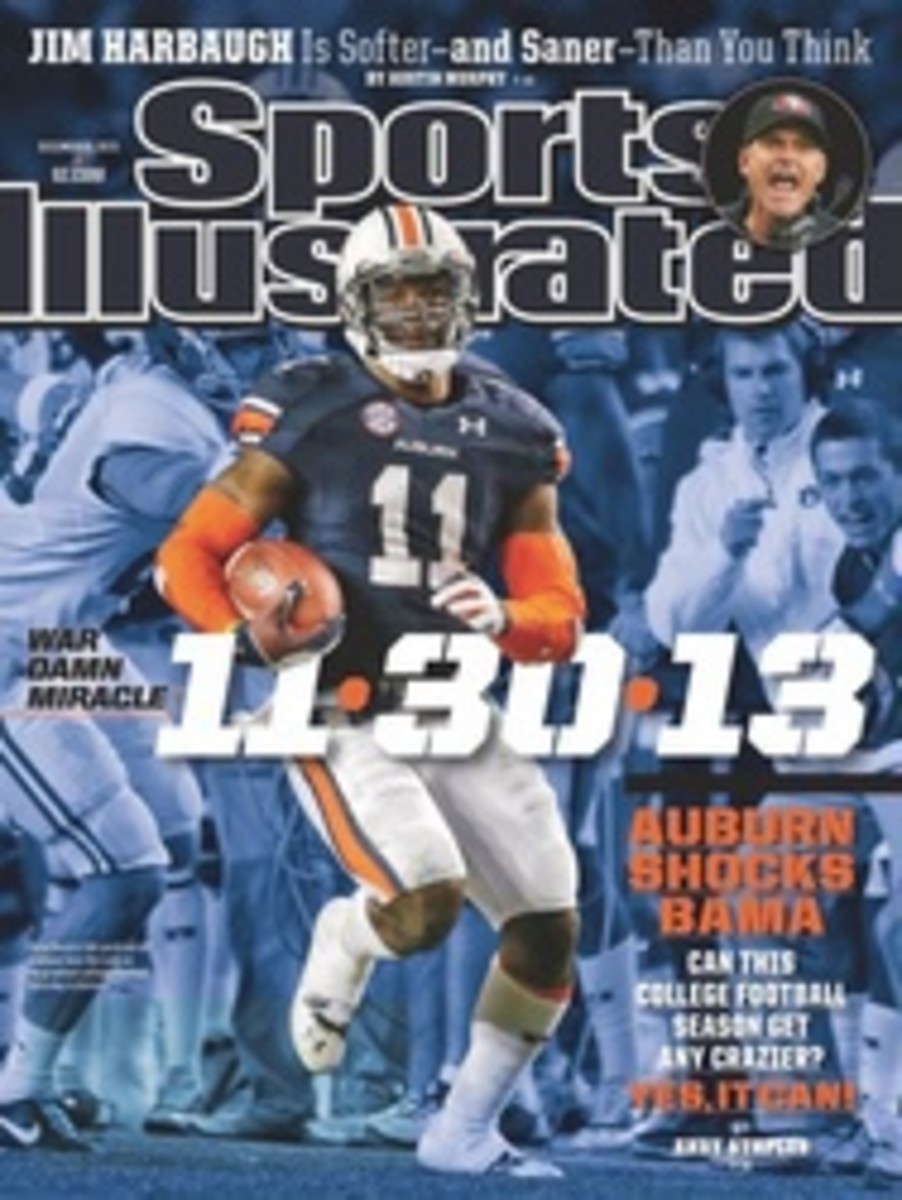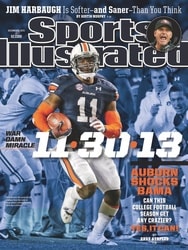
Knees and Wants
They met in the doorway to basketball heaven. Derrick Rose was walking in; Penny Hardaway was walking out, lingering as long as he could. Rose was a Memphis freshman in the fall of 2007, speeding toward alltime greatness. Hardaway was 36, a former Tigers and NBA star preparing for his last pro chance, a bench role with the Heat. Hardaway told Rose about life in the league, the 82-game grind and the importance of hard work. Rose asked a lot of good questions. Looking back, he asked the wrong ones.
Rose never asked about the six surgeries on Hardaway's left knee—the only six reasons he is not in the basketball Hall of Fame. "It just took my athleticism away," he says. Hardaway made four All-Star teams before he turned 26 and none after that.
When Hardaway saw the Bulls star tear the meniscus in his right knee two weeks ago, it made him "instantly sad. It was all too familiar." Rose missed last season after surgery on his left knee. Now he will miss the rest of this one.
The finest basketball players are artists, in a way that All-Pro offensive linemen or slugging first basemen are not. But spinning to the hoop brings risks that painters and novelists don't face. Only in sports does the act of producing art physically destroy the artist.
In Orlando, Hardaway and Shaquille O'Neal were supposed to be a Magic and Kareem for the '90s. Then Shaq left for L.A., and Hardaway, the No. 3 pick in 1993, saw players of similar talent take his role in the dream, on other teams. "He goes with Kobe [Bryant] and wins three rings, gets with [Dwyane] Wade and wins a ring," Hardaway says. "I'm thinking, Wow, that could have been me."
Instead, Hardaway's left knee went Benedict Arnold on him, and he spent years chasing his old shadow. He heard questions about his toughness and rushed to quiet them. In the first round of the 2000 playoffs, Hardaway's Suns faced Tim Duncan's Spurs. Duncan had torn his meniscus, and the Spurs kept him on the bench. Hardaway had a torn meniscus and kept playing. Phoenix won the series, but Hardaway's knee lost the war. He was only 28, but he was never the same.
So last spring, as Rose sat out the playoffs despite being cleared to play, Hardaway understood. So did Danny Manning, who also has a plaque in the But For His Knees Hall of Fame. Manning, the first pick in 1988, was the first NBA player to come back from two torn ACLs, then the first to come back from three. But he never came all the way back.
Manning, now 47, and Hardaway believe Rose can return to greatness. Medical technology has improved. Franchises are smarter about resting stars. But if we do someday come to view Rose for what he could have been, more than what he was, he should know this: Manning and Hardaway don't view themselves that way. "I got hurt my rookie year, 26 games into it, and that was how my story was going to go," Manning says. "I don't know what it would have been like if I hadn't gotten hurt. That wasn't my story line."
They are both coaches now—Manning is the head man at Tulsa, Hardaway with an AAU team in Memphis. Asked if his players realize how good he once was, Manning says, "I don't even know if it matters. That ship is gone."
Rose may discover what Manning and Hardaway learned—missing games can pull you closer to the sport itself. Manning's grueling rehabs reinforced just how much he wanted to play: "When I blew my knee out the third time, there wasn't even a question. It was, How soon can I have surgery?"
Even now, Manning goes too hard in a Tulsa practice sometimes and "pays for it for the next week or so." Hardaway is luckier. His left knee no longer hurts. He has finally rested it enough, and now he plays pickup ball, pain-free, in Memphis. There are no Nike commercials to film, no trophies to win, no points to prove. That is what makes it beautiful.
"I'm actually getting the basketball now that I didn't get," Hardaway says. "You don't have any responsibilities, don't have to worry about losing or winning the game. I love it."
The finest basketball players are artists. But as Rose knows, the cruelty of the sport is that the act of producing that art can physically destroy the artist.
What player's career was shortened most by injuries?
Join the discussion on Twitter by using #SIPointAfter and following @Rosenberg_Mike
PHOTO
CARLOS M. SAAVEDRA FOR SPORTS ILLUSTRATED
ILLUSTRATION

